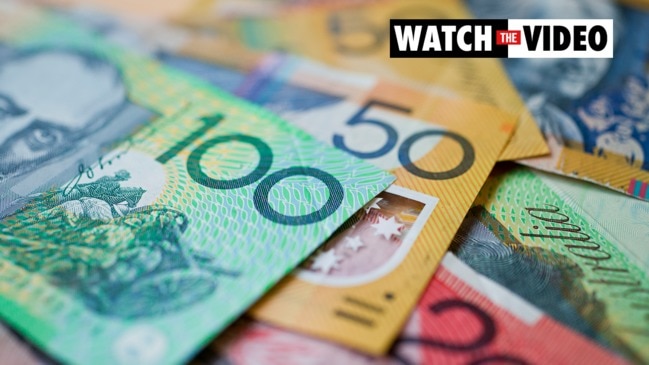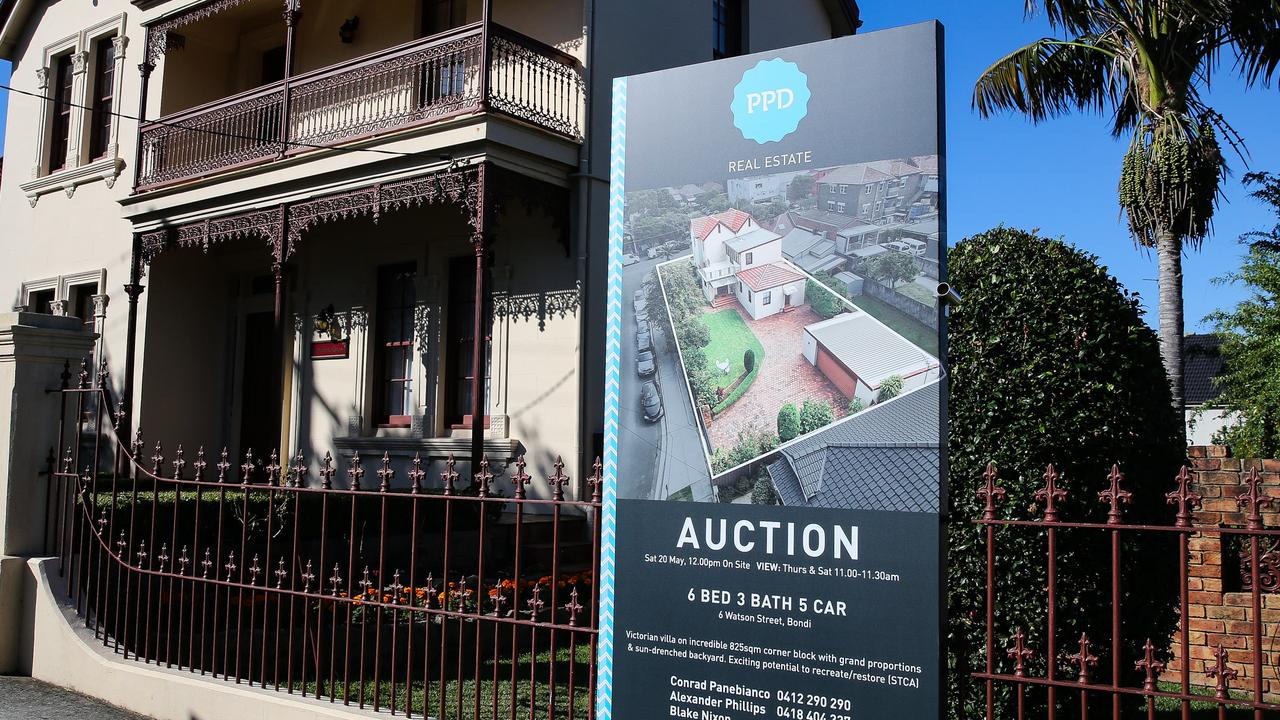‘Stagflation is here’: World economy at risk from multiple crises
There are alarming signs an extremely rare economic phenomenon is coming as multiple financial crises rage on, leaving Australia exposed.

Economy
Don't miss out on the headlines from Economy. Followed categories will be added to My News.
After months of surprisingly healthy economic results, it seems the tide is now turning, leaving the global economy at risk - and Australia is not immune to the potential bloodbath ahead.
In the early days of the Covid pandemic, there were widespread concerns it would cause a global recession. That did not come to pass, with stock markets surging since last March.
But now, it’s a different story.

In recent weeks, attention has turned to the problem of disruption to worldwide trade, the Evergrande crisis and what it means for China’s wider economic growth model, energy shortages and the anticipation of a US Government shutdown, with all of those factors sparking fears about the impact on the global economy.
It has all culminated in the growing worry that we could be about to experience “stagflation” for the first time in decades.
What is stagflation?
“Stagflation” is a term given to an extremely rare economic phenomenon the world hasn’t seen since the 1970s.
In a nutshell, it refers to a situation where the inflation rate is soaring while the economic growth rate slows down and unemployment is high.
It occurred in the 70s when the US faced five quarters of negative GDP growth in the wake of the oil crisis, coupled with the inflation rate doubling in 1973 followed by a 9 per cent unemployment rate in 1975.
It has not been seen since – but now, experts are convinced it has made an unwelcome return.
‘Stagflation is here’
In an alarming warning, Bank of America analysts declared in a note on Friday that “stagflation is here” after months of climbing prices, with a government report also revealing US inflation was at a three-decade high as of August.
This is all happening at the same time as energy shortages are hitting China, Europe and the UK, an Evergrande collapse is looking more and more probable, and a US government shutdown begins to appear increasingly likely as the debt ceiling debate rages on.
Crucial October 18 deadline
America is facing a critical, looming deadline amid worries of the US debt ceiling of $US28.4 trillion being breached.
So far, US Senate Republicans have thwarted moves to raise the debt ceiling, with Treasury Secretary Janet Yellen last week warning the US could run out of money and default on its debts as soon as October 18 – America’s so-called “X date” – if it is not raised.
“At that point, we expect Treasury would be left with very limited resources that would be depleted quickly,” Yellen explained in a letter to Congress recently.
“It is uncertain whether we would continue to meet all the nation’s commitments after that date.”

So what would that mean?
Basically, nothing good, according to JPMorgan Chase (JPM) CEO Jamie Dimon, who earlier this year said a default would cause a “cascading catastrophe of unbelievable proportions and damage America for 100 years”.
What it means for Aussies
As all these crises rage on simultaneously, Australia has been left particularly vulnerable, given our reliance on iron ore.
Australia is both the top iron ore producer on the planet, and the number one supplier to China, which makes up 70 per cent of the world’s demand.
Iron ore is our biggest export – but recently, iron ore prices have tanked, mainly due to slowing demand for property in China, which has devastated our biggest mining firms.
That means the boom times could well be over, given many insiders believe the downward trend in China is the new normal rather than a temporary blip.
And the timing couldn’t be worse, given both NSW and Victoria – which together comprise around 55 per cent of the wider economy – are in lockdown, with Australia’s services and tourism industries decimated by the pandemic.
The ‘October effect’
This is all happening as we head into a month which has been so historically catastrophic for the global economy, it has been dubbed the “October effect”.
That term refers to fears that October is the most likely month to bring with it stock market crashes and economic declines.
And those fears aren’t entirely unfounded, given the Bank Panic of 1907, the Stock Market Crash of 1929 and Black Monday 1987 all took place during October.
‘Significant week’ ahead
According to IG market analyst Kyle Rodda, we could be in for a ”significant week” ahead for markets.
“Adding to the anxieties around growth, inflation, monetary policy tightening, China’s economic and financial stability, and the global energy shortage that sparked last week’s volatility, investors are confronting a massive week of event risk,” he said in a note on Monday morning.
“Monday brings a very crucial OPEC+ JMMC meeting, Tuesday will see the RBA meet, Wednesday sees the RBNZ meet, and the US NFPs are published on Friday.
“US earnings season chatter will also probably increase in volume, with Wall Street’s reporting period kicking-off meaningful from next week.”
Originally published as ‘Stagflation is here’: World economy at risk from multiple crises





